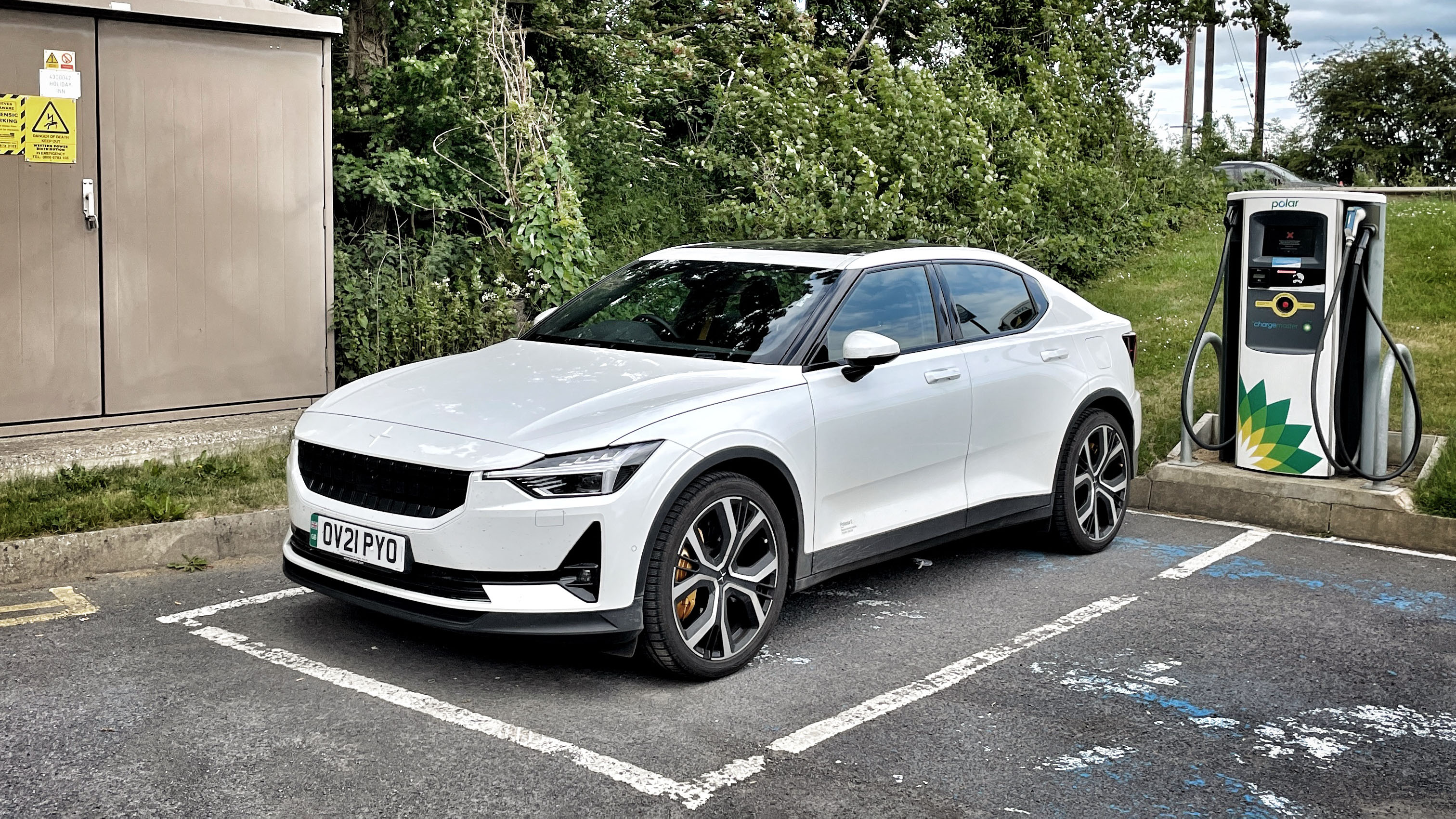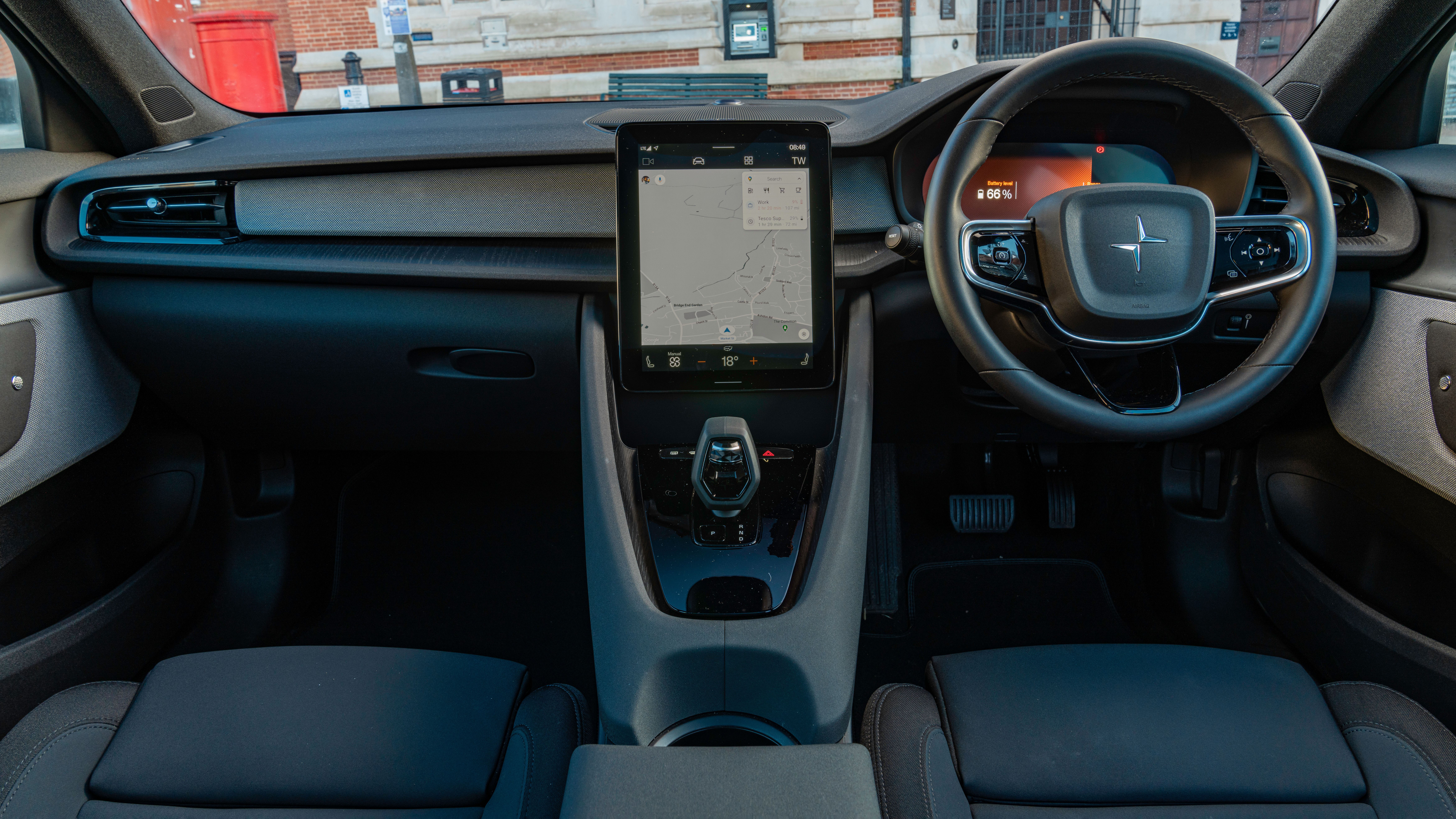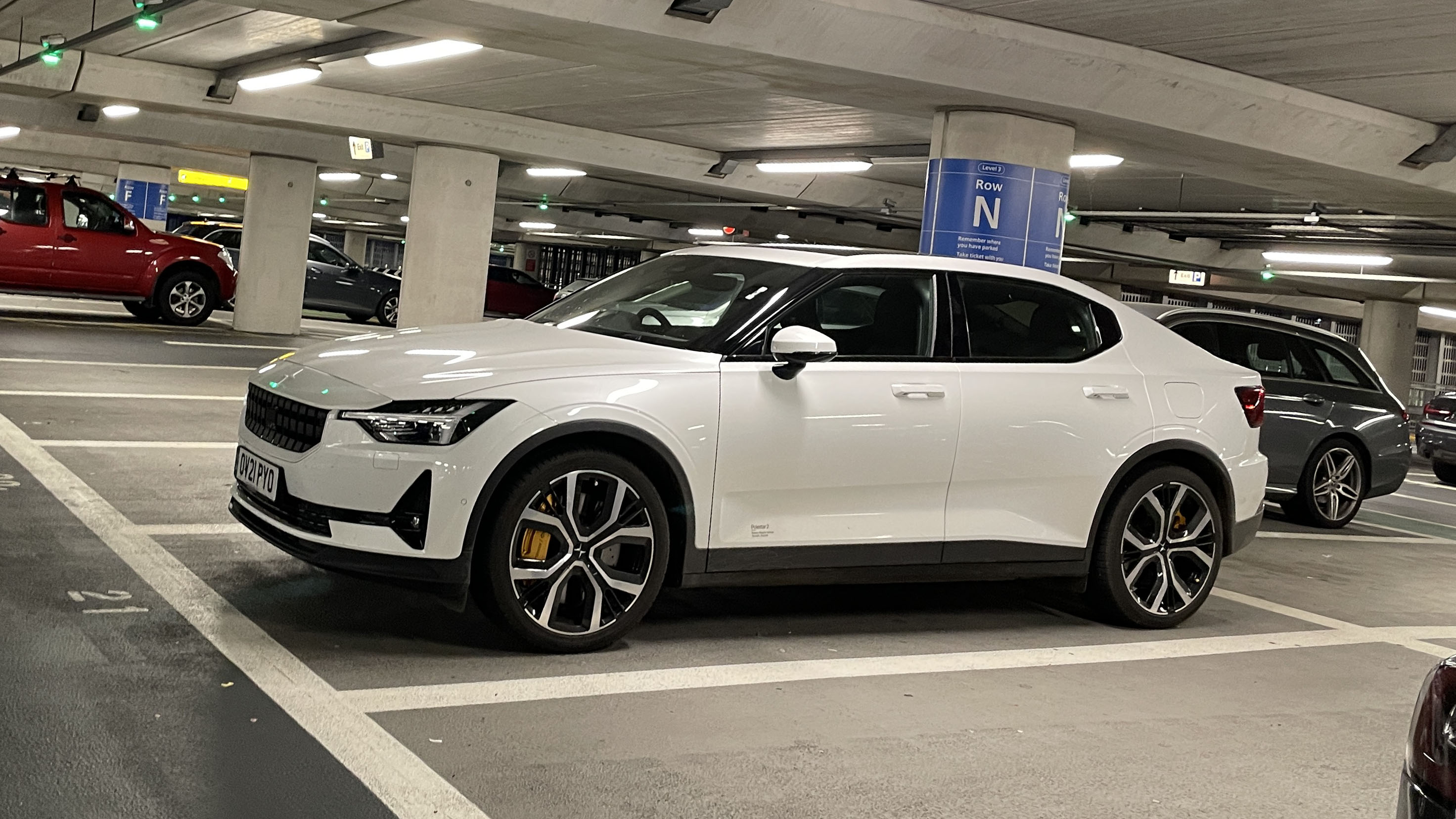
Polestar 2 Long Range AWD Performance Pack - long-term review
£45,900 (£58,900 as tested)
SPEC HIGHLIGHTS
- SPEC
Long Range AWD Performance Pack
- Range
292 miles
- ENGINE
1cc
- BHP
408bhp
- 0-62
4.5s
Is the Polestar 2 the more thoughtful and better alternative to a default Tesla Model 3?
Six months and nearly 15,000 miles after it first arrived, and the Polestar 2 has turned out to be all that we hoped it might be; reliable, serene, good-looking and a properly useful daily electric car. Less flash than a Tesla certainly, not quite as good to drive as a BMW i4, not as imposing as a whopping great big electric SUV, but nestling comfortably in the sweetspot where the car doesn’t particularly say anything about the owner’s insecurities. This is good. This is where Polestar needs to be.
It’s a cleanly-pitched car from Geely as a parent company to Volvo (and Lotus, and Smart, and Zeekr, and LEVC and Lynk&Co and a myriad of other corporate entities; Geely is something of an automotive MegaCorp) too, with the explicit links feeling like Polestar has evolved from ‘just’ tuning Volvos (a company that few had really heard of) into a fully-fledged brand with a distinct identity. It's Volvo’s cooler, younger, electric sibling. With a proper portfolio heading this way, from variously-sized S and CUVs, to convertibles and fun stuff, there’s a lot to look forward to from this Chinese/Scandinavian mashup. But the truth is that the Polestar 2 has been decent straight out of the box, and the company/corporate structure around it has learned fast, and been effective. Issues with batteries on the first batch of cars? Quickly and quietly deal with before it turns into a fuss. Software incompatibility with public rapid chargers in the first month? Don’t question the consumer, just fix the problem.
The P2 is the right thing, too. Where every manufacturer and his dog are pinging out electric SUVs (it’s easier to package a battery under the floor of an already-tall car, and SUVs are a popular and growing segment), Polestar led with a hatchback saloon. It’s roomy, practical - I can attest to that - and nowhere near as cumbersome as a faux4x4 in a multi-story car park. The P2 is technologically advanced without being slightly incomprehensible, feels refreshingly lacking in too many flashy-but-pointless gimmicks, and it looks great. In fact, I think it’s a bit of a grower - what appears to be a conservative design gets better with exposure.
So what have we found? Well, there appear to be no deal breakers with Polestar 2 ownership. Everything seems to have stood up to the moderate abuse of daily life without too many troubles, and after a decent valet, the car scrubs up like new. With the regular software updates, nothing feels like it’s fallen through the cracks of progress - you’d be surprised how quickly things like maps can feel a bit crusty - and physically, there are no worries even after a near 15,000-mile stint.
There are, however, things that can be slightly improved, or are worth noting. So the radio might well drop out when you commit to another function - like selecting reverse - which means you have to tap it back to life on the screen. No idea on that one. The phone can drop calls a little bit randomly, and the speed-limit recognition software regularly misreads the actual signs. Not so much of a problem if you’re paying attention, but I do wonder how that will work when one’s cruise control is linked to it. There have been a couple of squeaks and rattles from windows and trim, although they were easily home-fixed and nothing that would cause undue concern, and one of the higher-frequency buzzes from a rear trim panel I’m pretty sure you’d never have heard anyway if the car had an engine. Also, the seats do have a tendency to retain latent heat in summer and not ‘breathe’ very well, so they get a bit scorchio and sweaty at times. Again, not so much of a problem in the UK, but it can be like sitting on a plastic bag at times. Oh, and the special ‘gold’ valve caps wore off after 2,000 miles to reveal standard grey plastic. Doh.
Tyre wear doesn’t appear to be a particular issue; although I have swapped tyres halfway through (to winters), I was checking regularly, and brakes are pretty much like new. I like brake re-gen, and generally drive everywhere one-pedal style, so that’s not a surprise, though I am always pleased at how light electric cars appear to be on the friction surfaces.
Would I have the Performance Pack? Well, I think the adjustable damping is largely a conversation piece rather than serious, to be honest, but it does allow to an element of customisation not present with the standard car - which I find a bit too stiff for my taste. I just couldn’t see many buyers twiddling the settings from track-spec to road, simply because this isn’t that sort of car. On the plus side, you get the bigger brakes, which both look better and work really well. But then you can upgrade to the higher rpm motors (via download, for 475bhp, 502lb ft) which I very much did like, because it makes the P2 quite the effective sleeper. Nothing like pulling out of a slightly sketchy-looking side road and being up to speed with traffic seconds later. Or indeed making someone in a sports car wonder WTF just happened. Childish, but sometimes necessary to lighten the mood. Just look for the little white badge on the grille to spot the fast-fast dual motor.
It’s not been the most efficient electric car I’ve ever driven, but it’s also by no means been the worst, although it’s also fair to point out that we probably don’t appreciate how much of a drain some systems on modern cars really can be; set the P2 up properly with eco settings for the air-conditioning, for instance, and you’ll see 10% better range. Not inconsiderable when it might make the difference between planning for an extra stop and not. I got 180-190 miles of real-wold range in the depths of winter, up to 240 in summer, and while more would be better, I only felt hard done to when it was really cold and I needed to get somewhere far away (and back) quickly. I reckon there’s only been a couple of times in six months where stopping to charge has really grated. That’s twice more than a petrol car, granted, but by no means a dealbreaker when I can charge it up for 7p a mile at home. And the question of charging and range still isn’t stress free, but it’s also nowhere near as difficult or fraught as some of the anti-electric vibes would make out - different, yes, but you get used to it pretty quickly.
If you do ride the range, you’ll get a power drop at around 10-percent left, with limp home mode when you’re really down on charge. I don’t advise that one, mainly because you’ll be so stressed it’s not worth it - you’re basically down to the same levels of potential energy as when an IC engine starts to cough from low fuel. And charging has been largely as advertised once you’ve got used to how charging graphs work. The P2 is brilliant from low SoC (state of charge), but it can tail off considerably when the battery is a bit fuller. Sometimes cars with a lower advertised peak rate of charging can charge up faster from 10-80%, simply because they maintain a better average - and it’s all about time spent, rather than hitting one big number for a scant few minutes. With that in mind, it’s very rarely worth making any special trips to anything over about 100kW in terms of rapid charging for a P2 - you don’t save a great deal of time.
In fact, I’d go so far as to say that the Polestar 2 is still my pick of the electric saloon bunch, given that it… just suits me better. Yes, I’d like a bit more range and efficiency for absolute comfort, and I’d like the Google multimedia system to be tweaked so that you don’t have to move quite so many menu screens around to complete certain functions, but there is genuinely nothing that puts me off the car, and after a long day’s work, it always seemed like a welcome safe haven. And it doesn’t get much better than that.
Featured

Trending this week
- Car Review
BMW iX3






